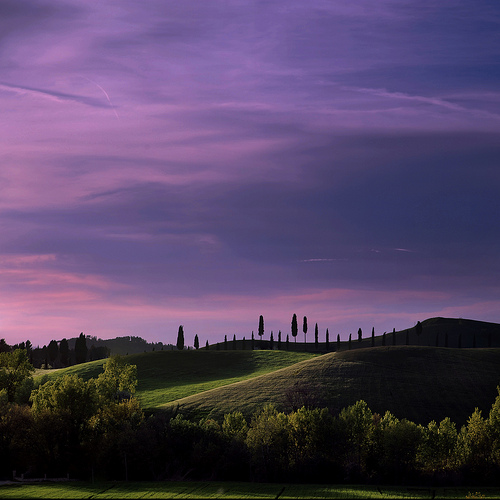
Toscana by Any Colour You Like
Where
Toscana is the largest region in central Italy. It is bordered by the Tyrrhenian Sea to the west, Liguria to the northwest, Emilia-Romagna to the north (the two regions divide the Apennine Mountains), Le Marche to the east and Umbria and Lazio to the south. Toscana’s geography ranges from the marble mountains around Carrara to the marshy coastline south of Livorno, to the hills of the central part of the region, including Chianti and the Crete Senesi.
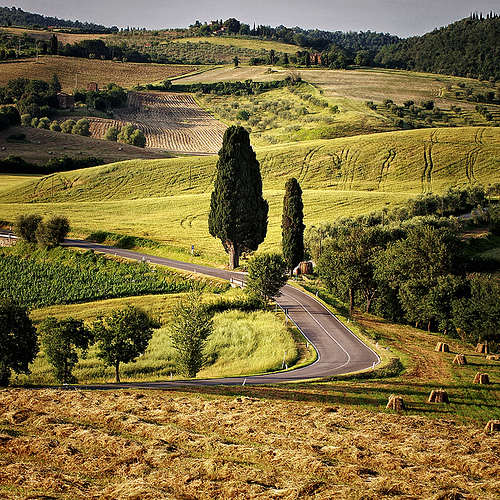
Tuscan countryside by Edgar Barany
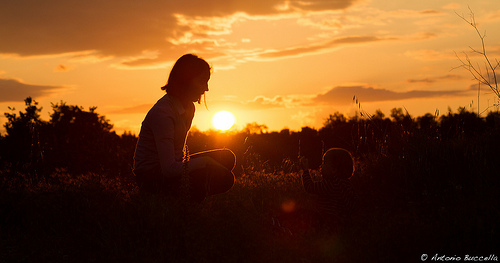
Sunset by Antonio Buccella
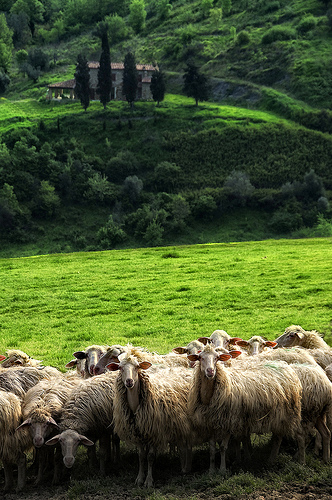
Sheep by Carlo Tardani
I studied at the University of Firenze (Florence) for a term and had a wonderful time. As a student you have a chance to observe the everyday life of the Florentines and visit the region’s many wonders. Toscana is famous for its beautiful Renaissance and medieval architecture, rolling hills covered with vines and olive trees, sculpture, paintings, food, and wine.
Tuscan food is simple and rustic but delicious. The cuisine here has the flavour of the woods and the hills. Tuscan love grilling meat over wood fires. Some Tuscan recipes – like stews or soups – require long cooking times.
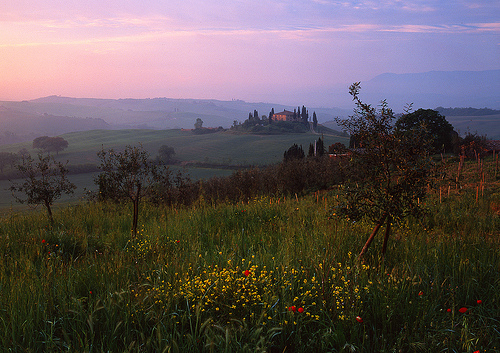
Belvedere by Mark Wassell
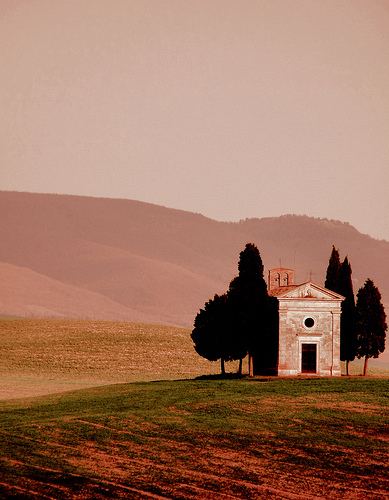
Capella della Madonna di Vitaleta by Lorena Torres Angelini
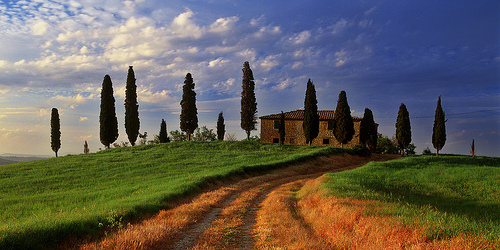
Villa in Val d’Orcia by Mark Wassell
Italian as we know it today was born in Firenze and is best spoken by the Florentines, something they take great pride in. Before Italy was unified into one nation, everyone spoke local dialects. In fact it is estimated that only 2.5% of Italians spoke Italian as a language in 1861.
Toscana is also an important cultural and historical centre for the Renaissance period: the city states of Firenze and Siena flourished during that era. Italian cuisine first gained its reputation due to the efforts of wealthy aristocratic Tuscan families, who took pains to document recipes, rather than leaving them to be orally passed on to future generations.

Firenze from Piazza Michelangelo by Denny Schmickle
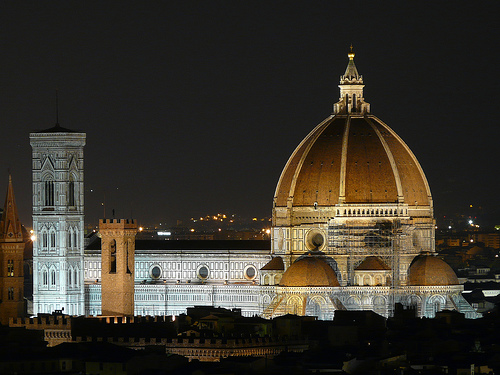
Duomo, Firenze by Marco Meoni
What to See
The Renaissance city of Firenze and the medieval hill town of Siena (where you should try to get tickets for the historic horse races of Palio on 2 July and 16 August) are definite “must-sees” Although Firenze and Siena were often at war in past centuries, both are now friendly places to visit and there are many treasures to be found in both cities. Not unlike the modern Chinese herbalist, La Farmacia di Santa Maria Novella in Firenze, founded in 1612, is one such treasure, producing herbal tonics, lotions and tablets as they did during Renaissance times.
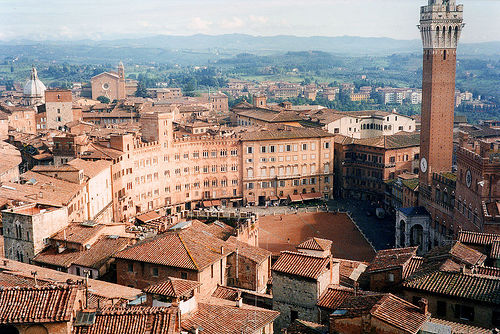
Piazza del Campo, Siena by Phillip Capper
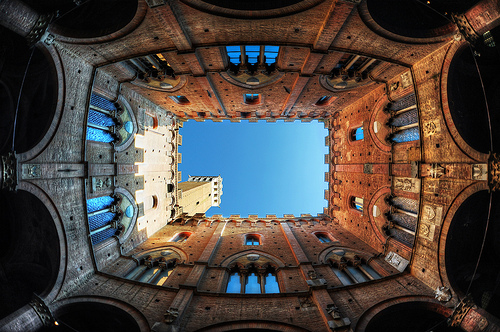
Palazzo Publico, Siena by Any Colour You Like
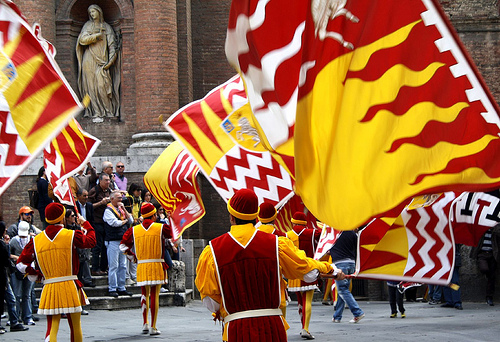
Parade in Siena by Dimitry B.
In Siena, don’t miss the Piazza del Campo (the town square where they hold the twice yearly horse race called il Palio delle Contrade) and Palazzo Pubblico (a 13th and 14th century Gothic-style town hall).
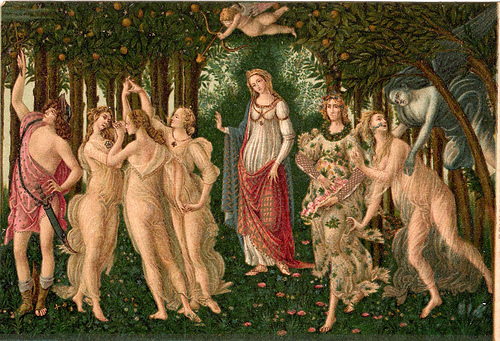
Primavera by Sandro Botticelli in the Uffizi by Lynn
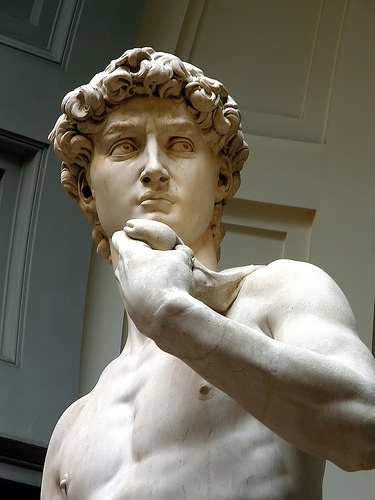
The David by Jorge Castro
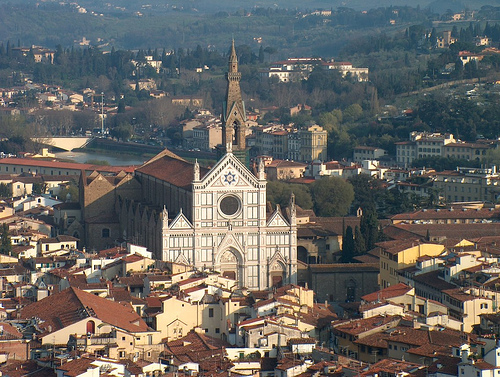
Santa Croce, Firenze by Axel Vogt
The main sites to see in Firenze are the Uffizi Gallery, the Duomo (one of the largest cathedrals in the world) with its Campanile (bell tower) and Battistero (baptistery), the Piazza della Signoria (town square) and the 13th-century Palazzo Vecchio (Old Palace), the Ponte Vecchio (the oldest bridge in Firenze with many jeweller’s shops on it), the Galleria Palatina (an amazing art gallery with works by Raphael), the Galleria dell’Accademia (a museum with works by Botticelli and Michelangelo, notably the statue of David) and the Chiesa di Santa Croce (Santa Croce church and the square it sits on).
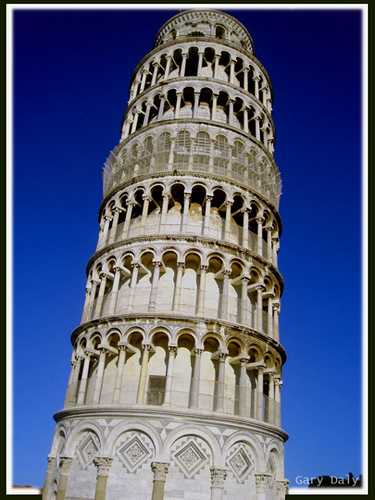
The Leaning Tower of Pisa by G.D. Vicente Torres
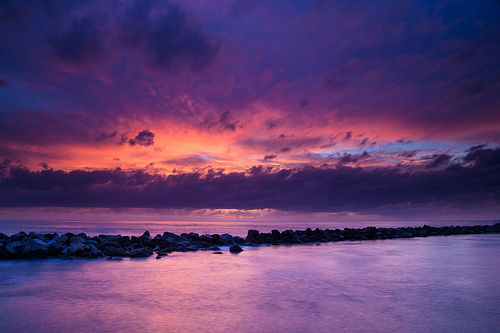
Pisan seaside by Fabrizio Angius
Half an hour from Firenze by train is Pisa, the small city on the Arno River that was once an important Mediterranean port. In addition to its iconic Leaning Tower, situated in one of the most beautiful piazzas in Italy, called the Piazza dei Miracoli – or Piazza of the Miracles – don’t miss the chocolate shop of master chocolatier, Paul De Bondt.

Vineyard in Montepulciano by Giampaolo Macorig
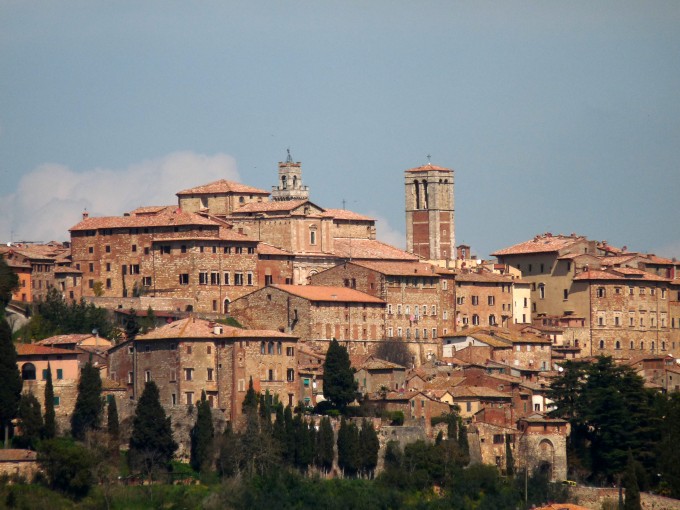
Montepulciano by Lorena Torres Angelini

Il Palio della Botti di Montepulciano (Barrell rolling contest) by Boss Tweed
Driving around the Tuscan wine country is also a must. Explore the fine estates making red wines from local Sangiovese grapes in the hills of Chianti, at Montepulciano (a steep Renaissance hill town, one of my favourites) and in the area around Montalcino, where Brunello di Montalcino – one of Italy’s most valued red wines for aging – comes from. There are many small wine bars and restaurants in these areas that offer the chance to taste and buy these wines.
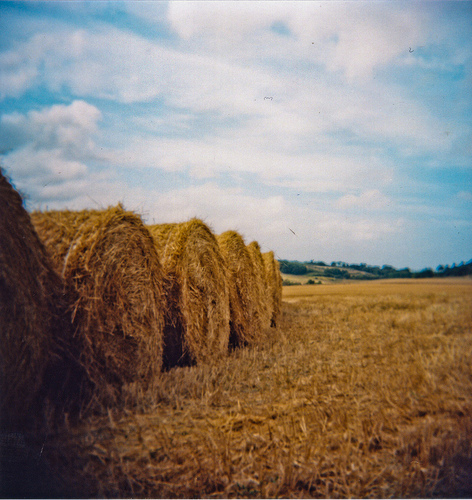
Hay by Miles Heller
There are some pleasant spots on the coast. The area south of Livorno in particular -called the La Costa degli Etruschi as this was an area lived in by the ancient Etruscans – is attractive and is known for its fine wines and vegetables. There are many interesting medieval towns and sites along this coastline, including Populonia, (the ruins of an ancient Etruscan city), Massa Marittima, Bolgheri (home to some of Italy’s most famous wines) and Castagneto Carducci. On the coastline between Pisa and Liguria, known as the Tuscan Riviera, Forte di Marmi was a very posh beach destination and can still be fun out of season. Most Italians take their holidays in August so it’s as well to avoid beach resorts during that month.
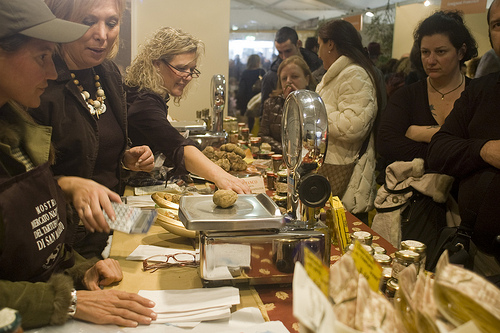
San Miniato truffle market by Alessandro Giannini

White truffles by Alessandro Giannini
The white truffle market in San Miniato is the easiest place to buy truffles in October and November. To purchase black and white truffles in season, ask around at bars and restaurants in the town for the name of a truffle-hunter.
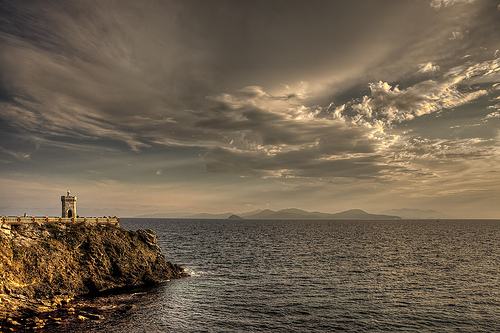
Lighthouse on Elba Island by Giuseppe Moscato
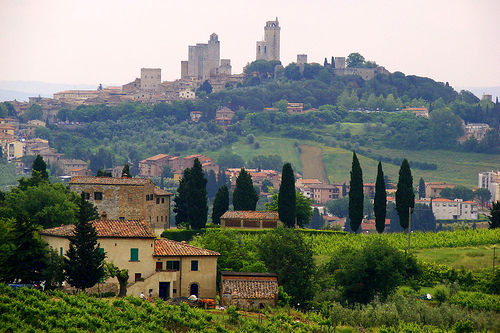
San Gimignano by Mathias Liebing
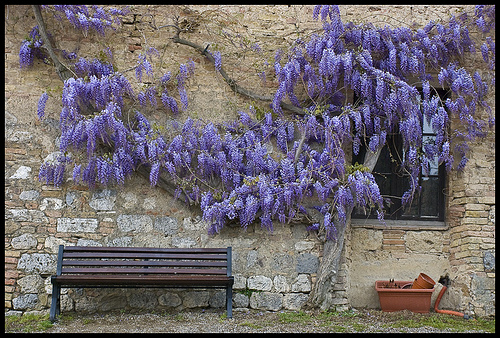
San Gimignano by Vitorio Benedetti
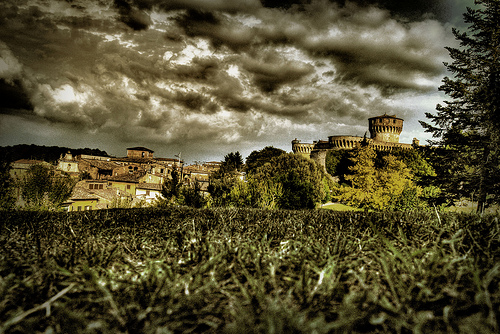
Volterra by Francesco Sgroi
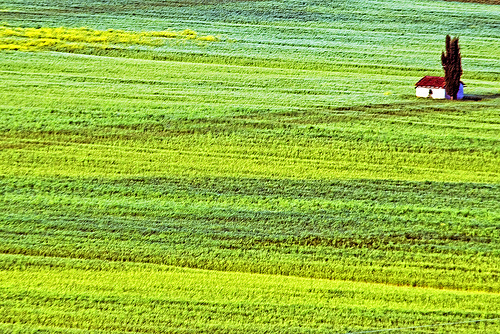
Near Volterra by Carlo Tardani
Other places to visit include: Arezzo (a Roman town with a beautiful Duomo and great artistic pedigree: Arezzo province was the birthplace of Michelangelo, Giorgio Vasari and Piero della Francesca), the Arcipelago Toscano, Elba (a mountainous island with beautiful beaches where Napoleon was exiled), Lucca (a walled city with fine Renaissance architecture), the spa resort of Montecatini Terme, Pienza (a small Renaissance town known for its cheeses), San Gimignano (a walled medieval town with 14 stone towers which is nice in the low season) and Volterra (an Etruscan and medieval town overlooking the surrounding hills).
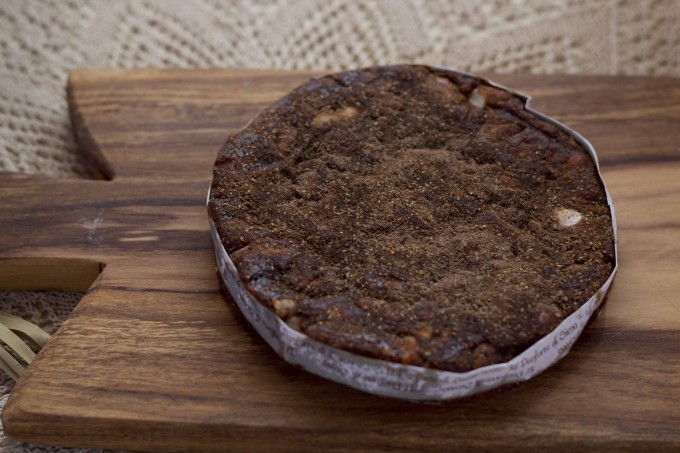
Pan pepato by Meimanrensheng
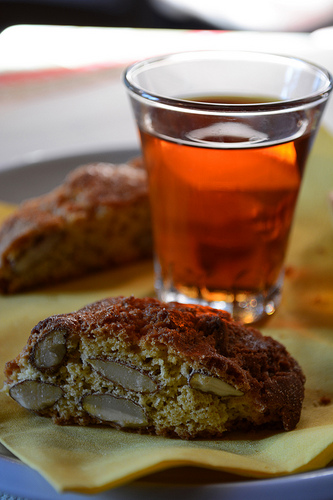
Vin santo with cantuccini biscuits by Pug Girl
From Toscana, I bring home estate-bottled extra virgin olive oil (the bottle should say “prodotto e imbottigliato”), finocchiona salami, biscottini di Prato / cantucci biscuits (crunchy almond biscuits to be eaten alone or with vin santo wine), panforte/pan pepato (a dense nut, dried fruit, and spice cake), vin santo dessert wine and red and white wine.
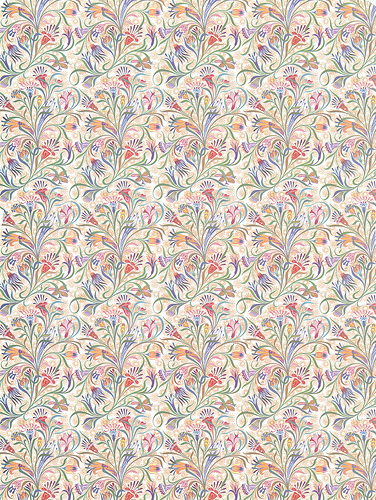
Florentine paper by Scott Moore
Goods for the kitchen and beyond include pottery, linens, Florentine paper, something from Salvatore Ferragamo, marble from Carrara and leather goods. There are very good luxury clothing outlet stores in Toscana, particularly the Space Prada Outlet (which is much better than the one in Hong Kong). If you buy luxury goods, ask for the value added tax (VAT) refund and then get to the airport early for the long queue to get first the customs stamp (some of the outlets have this office there but you need to bring your passport) and then queue at the tax office to claim the refund.
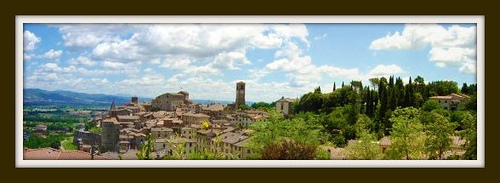
Anghiari by Monica Arellano-Ongpin
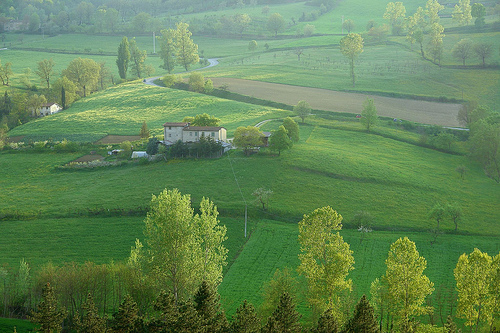
Poppi by Charles Roffey
Other towns to visit include: Anghiari (a village overlooking the green valley of Tevere; the local specialty is bringoli pasta with porcini mushrooms), Giglio Castello (a hillside village characterised by its fortress walls on the island of Giglio) and Poppi (one of the most beautiful towns in Toscana with its own castle overlooking the Casentino valley; try the local specialty- tortello di patate (potato filled pasta)).
Places to Visit:
In Firenze:
Farmacia di Santa Maria Novella
Via Delle Scala, 16 50123 Firenze +39.055.216276 http://www.smnovella.it/Herbal tonics, lotions and tablets as well as soaps, perfume and room fragrances with outlets in Tsim Sha Tsui and the IFC in Central in Hong Kong.
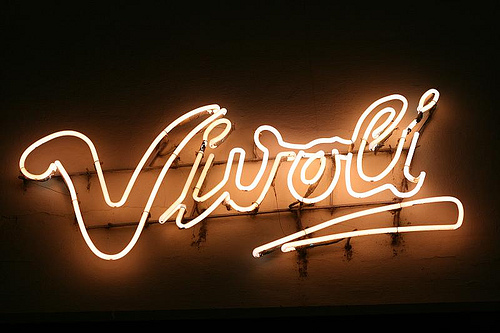
Vivoli by Bruna Benvegnu
Gelateria Vivoli
Via dell’Isola delle Stinche, 7r 50122 Firenze +39.055.292334 http://vivoli.itA popular ice cream parlour, some say the best in Firenze.
Ristorante La Beppa
Via dell’Ertia Canina, 6/R 50125 Firenze +39 (0) 55 234 7681 www.labeppafioraia.itI used to eat dinner here every Sunday with friends when I studied in Florence. I love their schiacciata.
Outside Firenze:
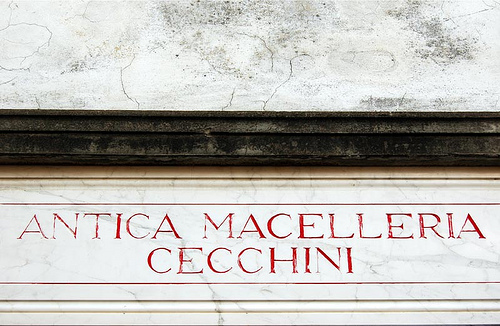
Antica Macelleria Cecchini by Giulio Nepi
Antica Macelleria Cecchini
Via XX Luglio, 11 50022 Panzano in Chianti (Firenze) +39 055 852020 [email protected] http://www.dariocecchini.comThis butcher’s shop with restaurant attached has some of the best steak in Toscana and is a great place to try the famous T-bone, or bistecca fiorentina.
Prada Outlet (Space)
Via Levanella Becorpi Localita Levanella, S.S. 69 5025 Montevarchi +39 055 978 9481A great place to buy Prada and Jil Sander.
The Mall
Via Europa 8 50066 Leccio Reggelo (FI) +39.055.8657775 www.themall.itAn outlet carrying Alexander McQueen, Bottega Veneta, Dior, Fendi, Giorgio Armani, Lanvin, Gucci, Prada, Loro Piana, Salvatore Ferragamo, Stella McCartney, Valentino and Yves Saint Laurent. They have a customs office where you can get your VAT refund stamped so bring your passport.
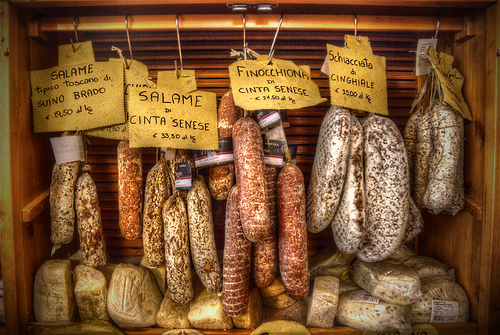
Cinta Sense salami by Dorli Photography
The Larder
Restaurants along the Tuscan coast generally feature more seafood, while the hilly inland areas are better known for meat and cheese, especially pecorino cheese. Bread, beans, extra-virgin olive oil and vegetables dominate the Tuscan menu. Tuscan food is tasty and highly salted. Soups are popular, especially those made with legumes and vegetables. Meats tend to be grilled or slowly stewed. Pork salumi are popular too.
Historically, bread was baked communally once a week. Traditional Tuscan loaves are very large, and the Tuscans are very good at making use of stale bread. They use it in soups and some salads.
“Il pane e le verdure sono la buona grazia di Dio. Non si puo getterli via.” By Tino Buazzelli Butazzi, Grazietta Toscana page 6
“Bread and vegetables come from God’s good grace. One cannot throw them away.”
Tuscans are famous for not adding salt to their bread. They prefer to allow the flavours of their foods to dominate the taste of the bread. Many Tuscan salumi and condiments are highly salted to compensate for the unsalted bread. The Florentines stopped adding salt to their bread during a dispute with Pisa in the 12th century when the Pisans created a trade embargo on salt to Firenze. Since salt was an expensive luxury at that time, Florentines simply decided it was not needed in bread.

Tuscan black winter cabbage by Nick Saltmarsh
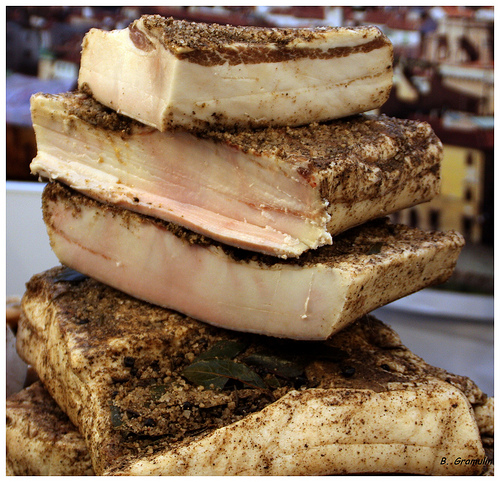
Lardo di Colonnata by Gramulin
Local ingredients include olive oil and olives, the Tuscan black winter cabbage (cavolo nero) and nuts such as chestnuts and pine nuts. Tuscans love legumes and flavourings such as thyme, sage and rosemary. There are many types of mushrooms which grow locally such as porcini, chanterelles, morels, honey agaric, white truffles, black truffles and imperial mushrooms. Pork, wild boar and related products such as salami and lardo (spice cured pork fat) feature in many Tuscan dishes. Also many types of berries are grown such as blackberries, raspberries and strawberries.
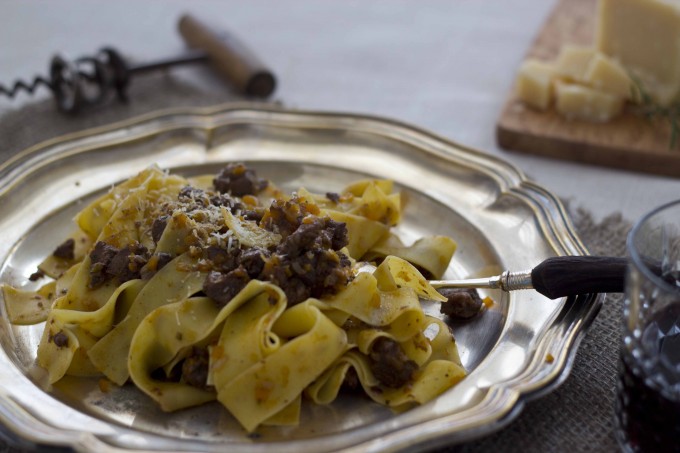
Pappardelle sul cinghiale by Meimanrensheng
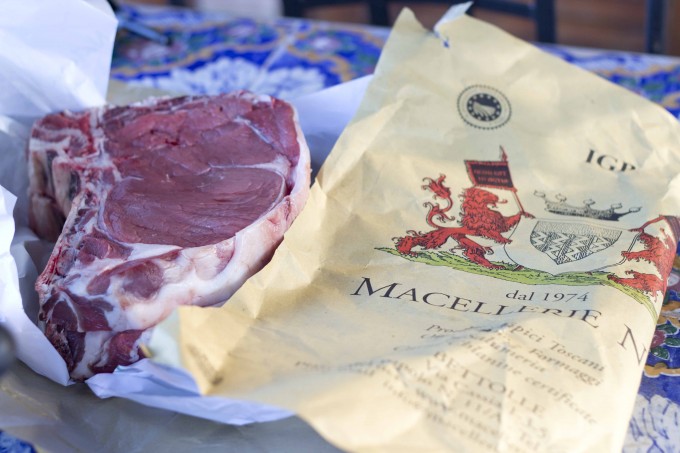
Bistecca alla fiorentina by Meimanrensheng
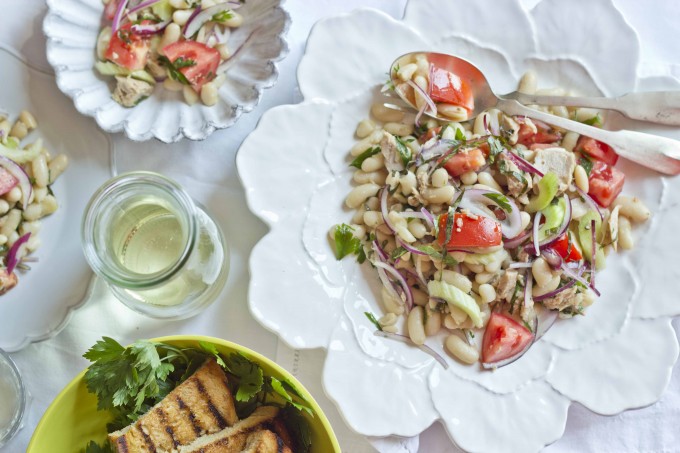
Insalata di fagioli by Meimanrensheng
Menu
Tuscan food is often quite simple to prepare, without complicated techniques or equipment. Tuscans start with good quality ingredients and allow their flavours to shine. When I think of Toscana I think of grilled meats (such as the famous T-bone steak, called bistecca alla fiorentina, which is at its best when made using Tuscan Chianina beef), sugo di cinghiale (wild boar ragù), beans of all kinds, pecorino cheeses (either young and delicate or aged and more powerful), farro (emmer wheat that was popular with the ancient Romans and has had a recent renaissance), seasonal vegetables, bruschette and crostini (grilled bread with different toppings), wild mushrooms such as porcini, peppery extra virgin olive oil, insalata di tonno e fagioli (tuna and bean salad), ciabatta bread, light and fluffy or crispy versions of schiacciata , panzanella (bread and tomato salad), pappa col pomodoro (bread and tomato soup), tripe sandwiches and gelato. See Tuscan recipes here.
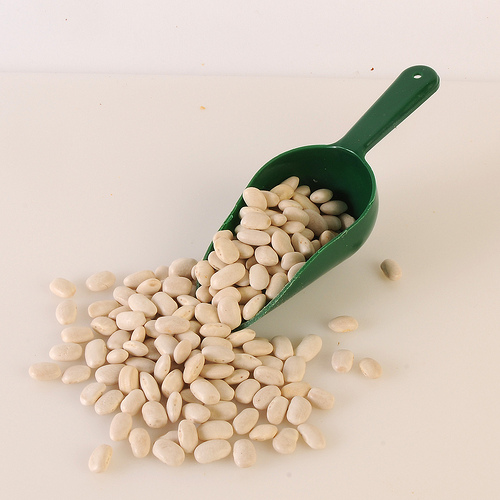
Cannellini beans by Artizone
Tuscans are known within Italy as mangiafagioli (bean eaters). They love beans and use them in lots of interesting ways throughout their meals: spread on crostini as a starter, mixed into pasta or soup as a first course and accompanying meat in the main course. Many varieties of bean are native to Toscana, including the yellowish zolfino and the white cannellino.
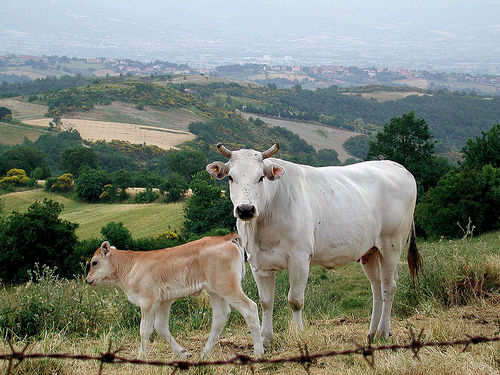
Chianina cattle by Monica Arellano-Ong
Tuscan Chianina cattle are sought after for their meat which may be low in fat but is not dry; it has a lovely, slightly salty flavour and a tender texture. The bistecca alla fiorentina is a magnificent dish and a trip to Toscana without trying one would be a shame. The steak is cut two fingers thick from the loin and sirloin of the Chianina cow and is grilled over a very hot wood fire. It is always served rare.
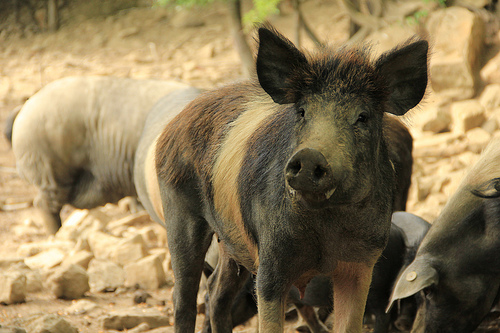
Cinta Senese pigs by Michela Simoncini
Pork is also highly prized and in medieval times the size and value of a forest was measured by how many pigs it could sustain.2 Many types of sausages and salami are made in Toscana from pork including finocchiona (a fresh, loose-textured fennel flavoured salami which I love). Tuscan prosciutto is always saltier than the Parma variety. The most famous breed of pig here is the Cinta Senese, an ancient breed that is now mostly reared free-range in the woods, where it can eat acorns, beechnuts and fruit.
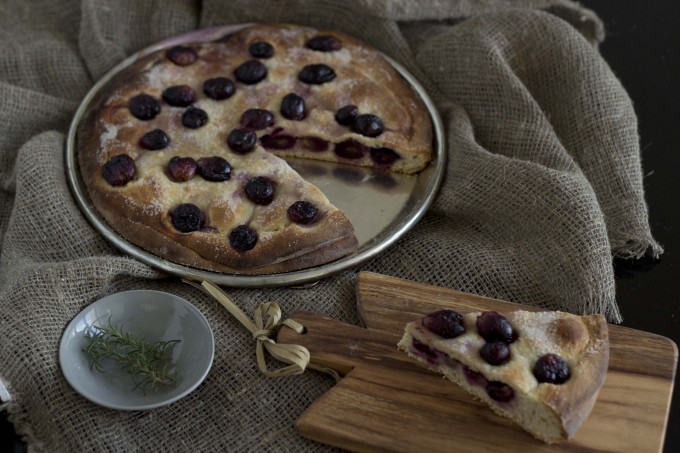
Schiacciata con l’uva by Meimanrensheng
Tuscans also have very nice desserts. Some of my favourites are schiacciata con l’uva (grape and sugar bread), frittelle di riso (rice fritters) and zuccotto (a sponge cake filled with chocolate and whipping cream). Many of the desserts, such as panforte, started as medication as sugar and spices were seen to have medicinal properties.

Gelato by Rubber Slippers in Italy
Tuscans claim to have invented gelato: the Florentine cook, Bernardo Buontalenti, is said to have invented ‘modern’ ice cream in 1565, though frozen desserts were known to the ancient Romans and in Sicilia long before that. Either way, gelato is extremely good here. Tip: Don’t buy from the gelaterie with brightly coloured gelato piled high with lots of decoration. It’s a sign of lots of food colour and potentially old gelato if their turnover isn’t high. The best gelaterias don’t need gimmicks and the colours should be paler and more natural. Also, if you are not sure you want a flavour, ask to taste it first. My favourite flavours are pistacchio (pistachio), yoghurt, nocciola (hazelnut), Nutella (chocolate hazelnut), and melone (melon).
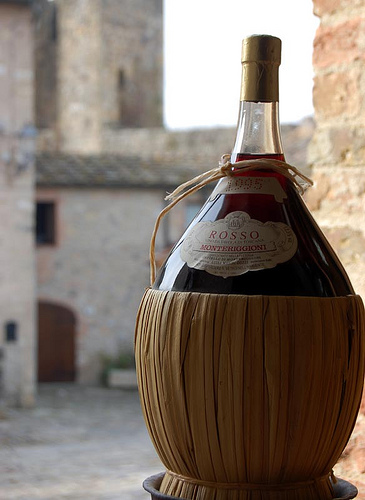
Flask of Chianti by Giulio Nepi
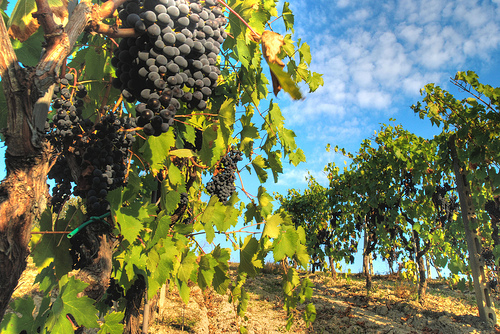
Vines in Chianti by Francesco Sgroi
Toscana is a very prestigious producer of quality wines – the days of cheap plonk being bottled in Chianti potbellied flasks are long gone. The most important grape variety is the red Sangiovese which is at the heart of some of its most iconic wine denominations: Brunello di Montalcino DOCG (one of the best wines in Italy), Carmignano DOCG, Chianti Classico DOCG, Chianti Rufina DOCG, Morellino di Scansano DOCG and Vino Nobile di Montepulciano DOCG. Sangiovese is also often present in the so-called Super-Tuscans, which are wines that are made outside of the traditional denominations.
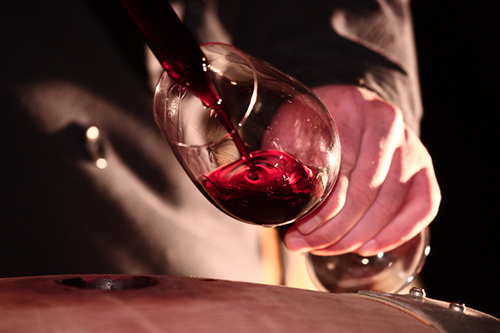
Brunello di Montalcino by Tuscanycious
Suggested producers of Brunello di Montalcino include Altesino, Argiano, Banfi, Biondi Santi, Caparzo, Ciacci Piccolomini d’Aragona, Conti Costanti, Fuligni, Lisini, Sirio acenti, Pieve Santa Restuta (Gaja), Poggio Antico, Sesti, Soldera and Tenuta il Poggione. Worthwhile producers of Morellino di Scansano are Jacopo Biondi Santi and Poggio Argentiera.
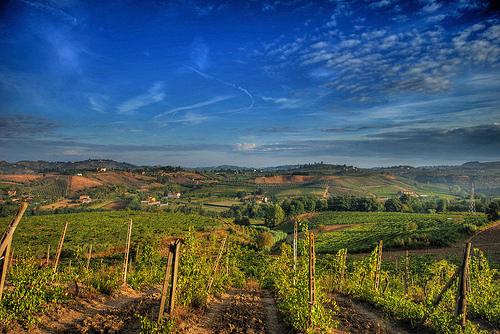
Chianti Country in Toscana by Francesco Sgroi
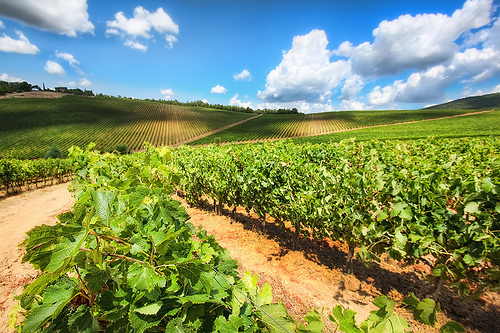
Radda in Chianti by Chris Ford
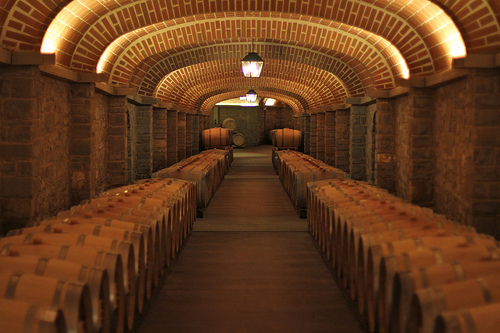
Il Borro, Ferragamo’s estate by Michela Simoncini
Producers of Chianti Classico to try include Antinori, Badia a Coltibuono, Barone Ricasoli, Bibbiano, Castello di Fonteruotli, Castello di Volpaia, Fattoria Casa Sola, Fontodi and San Fabiano Calcinaia. For wines from Chianti Rufina, try producers such as Antinori, Castell’in Villa, Fattoria Selvapiana, Felsina, Isole e Olena and San Felice.
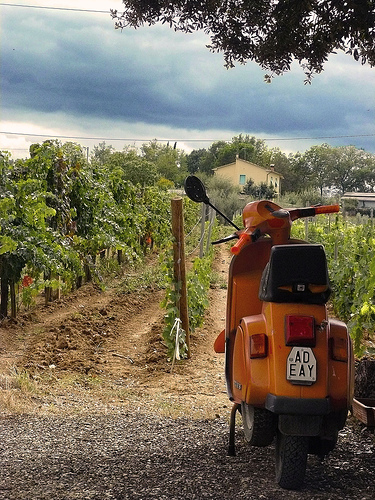
Vespa outside Montepulciano by Cate!
Better producers of Vino Nobile di Montepulciano include Avignonesi, Contucci, I Macchione, Icario, La Ciarliana, Poliziano and Salcheto.
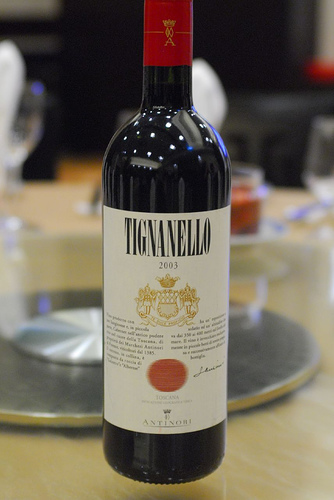
Tiganello by SundayDriver
Many of the Super-Tuscans were created by the same great winemakers that make the more traditional Sangiovese based wines. These wines typically are made with a single varietal (typically Merlot or Sangiovese) or a blend of Cabernet Sauvignon, Cabernet Franc, Merlot, Sangiovese or Syrah grape varietals. The first of these wines and still the most famous are Sassicaia and Ornellaia. Other excellent Super-Tuscans include Ca’ Marcanda, Camartina, Capezzana, Guado al Tasso, Lupicaia, Piastraia, Siepi, Solaia and Tiganello for the blended Super-Tuscans; Cepparello, Le Pergole Torte and Flaccianello della Pieve for the pure Sangiovese Super-Tuscans; Paleo which is a pure Cabernet Franc Super-Tuscan; and Galatrona and Masseto, for the pure Merlot Super-Tuscans.
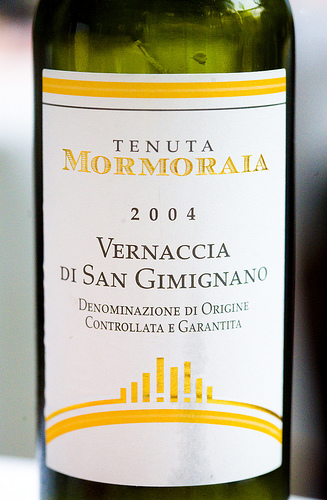
Vernaccia di San Gimignano by Thomas Hawk
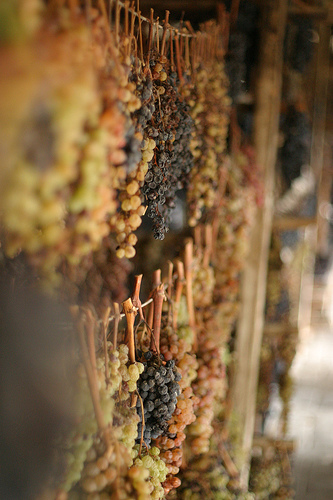
Drying grapes for Vin Santo by Chris Pencis
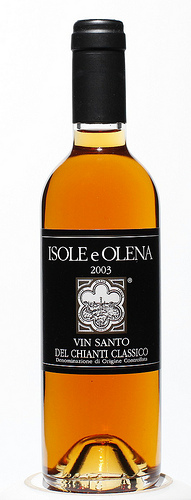
Vin santo by Moestue Grape Selections
The most famous white wine of Toscana is Vernaccia di San Gimignano DOCG. Suggested producers include Cesani, Mormoraia and Panizzi. Vin Santo (the name means holy wine) is a lovely dessert wine from Toscana. It is made from semi-dried grapes that are laid out on racks or straw to dry after being picked. The wine is aged in small barrels that are traditionally kept in the attic of the farmhouses where the wines feel the temperature changes from summer to winter. Vin Santo can be dry or very sweet, and although it is often served with sweet biscotti, is much better enjoyed alone before or after a meal, like a sherry. Consistently good producers include Avignonesi, Capezzana and Isole e Olena.
Toscana is also an important producer of extra-virgin olive oil. This varies in style from the milder oils of Lucca and the coast to the fiery, green and grassy oils of the higher hills, notably around Montalcino. Many fine wine makers also produce great extra-virgin olive oil, so if you want to treat yourself to a good bottle, try buying one in a wine shop or enoteca. The Tuscans often add a splash of ‘raw’ extra virgin olive oil to their soups and pastas just before serving, for added flavour.
More relevant articles:
- A villa in Tuscany
- A gastronomic tour of Tuscany and Umbria
- The best wine in the world? A visit to Ornellaia
What to Eat
A list of typical Tuscan dishes (the most classic dishes are written in bold):
Pane (Breads)
Filone (unsalted bread)
Migliacciogiallo (cornbread with raisins and rosemary)
Pan con I Grassetti (bread with pork crackling)
Pan di Ramerino (rosemary bread)
Schiacciata (flattened bread baked with olive oil, sometimes with pork crackling, herbs, potatoes, or tomatoes)
Salumi (Cold Cuts)
Many of the salumi are named after their place of origin and have been made since ancient times.
Buristo Senese (fried pork blood sausage with head, rind, lardons, lemon, parsley, garlic, pine nuts, and raisins, finished with white wine)
Finocchiona / Sbriciolona (fresh pork sausage with fennel seeds, garlic, wine, peppercorns, and thyme), my favourite
Lardo di Colonnata (fatty pork belly cured in marble troughs with salt, black pepper, rosemary, garlic, and spices)
Prosciutto di Cinghiale (wild boar ham)
Salame Toscano (pork salami with pepper and fat)
Salsiccia Fresca (spicy fresh sausage)
Salsiccia Secche (dried pork or wild boar sausage)
Sopprassata / Soppressata (pork head, tongue, and rind sausage flavoured with spices and lemon peel)
Antipasti (Starters)
Antipasto toscano (mixed cold cuts, pecorino cheese, and crostini)
Crostini di fegatini (toasted bread with any of chicken liver pate flavoured with onions, white wine or vin santo wine, anchovies, and capers)
Crostini neri di milza (toasted bread topped with calf’s spleen)
Crostini toscani (toasted bread with many toppings including calf’s spleen, aubergine, tomato, artichoke, olive, chicken liver pate, mushroom, etc.)
Fetta col cavolo nero / Cavolo con le fette (black cabbage on toasted bread with garlic and olive oil)
Insalata di tonno e fagioli (tuna and cannellini bean salad)
Mozzarella in carrozza (deep-fried breaded mozzarella sandwiches)
Panzanella (summer salad of tomatoes, basil, cucumber, onion, and stale bread)
Pinzimonio (raw vegetables with an olive oil dip)
Primi (First Courses)
Acquacotta (vegetable soup with herbs, bread, olive oil, and a beaten egg)
Carabaccia (onion soup with broad beans, peas, white wine, and broth, served with toast)
Cacciucco alla livornese (mixed fish soup)
Crespelle alla fiorentina (stuffed crepes with spinach and ricotta)
Pappa al pomodoro (tomato soup with stale bread and olive oil)
Pappardelle al cinghiale (wide fresh egg pasta noodles with wild boar meat sauce)
Pappardelle alla lepre (wide fresh egg pasta noodles with hare sauce)
Pici alla nana (thick fresh spaghetti with goose meat sauce)
Ravioli gnudialla fiorentina / Ravioli verdi / Gnocchi ignudi (spinach, ricotta, egg, Parmigiano-Reggiano cheese, and nutmeg rectangular dumplings, served with melted butter)
Ribollita / Zuppa di pane / Minestra di pane per la ribollita (a substantial vegetable soup made with chard, carrot, celery, onion, tomatoes, beans, Savoy cabbage, and herbs, served with bread, raw onions, and olive oil, sometimes reboiled with spring onion)
Risotto nero alla fiorentina (rice with cuttlefish, its ink, olive oil, onion, garlic, white wine, and chard)
Zuppa di fagioli (bean and vegetable soup)
Secondi (Main courses)
Arista (pork loin rack roasted with garlic, sage, and rosemary and sometimes with fennel, served with new potatoes)
Asparagi alla fiorentina / Asparagi alla Bismark (asparagus topped with, butter, cheese, and a fried egg)
Baccalà alla fiorentina (fried salt cod with garlic, tomatoes, and potatoes)
Bistecca alla fiorentina / Fiorentina (grilled thick T-bone steak, ideally from Chianina beef – you need to ask! The very thick steak is called the Fiorentina.)
Cibreo (chicken liver, testicles, kidneys, and cockscomb stew with butter, onions, garlic, white wine, egg yolks and lemon)
Cipolle ripiene alla grossetana (Grossetto-style stuffed onions with veal and pork)
Fritto misto alla toscana (deep-fried battered rabbit, lamb chops, boiled beef, lamb, or calf’s brains and sweetbreads, chicken livers and stomachs, zucchini, zucchini flowers, artichokes, potatoes, onion, and sage)
Pollo alla diavola / Pollo al mattone (barbequed flattened half chicken with chilli and black pepper)
Pollo in porchetta (stuffed chicken with ham)
Polpettone di manzo (stewed meatloaf made with breadcrumb coated minced beef, eggs, and Parmigiano-Reggiano cheese with tomato and porcini mushrooms)
Scottiglia (stew of mixed meats including lamb, kid goat, wild boar, goose, turkey, and chicken)
Spiedino toscano (grilled meat cubes of game birds, pork, and liver flavoured with rosemary, bay leaves, or fennel)
Stracotto di toscano (pot roast beef with red wine and tomatoes)
Stufato alla fiorentina (braised beef)
Tonno briaco alla livornese (tuna with red wine and onion)
Triglie alla livornese (red mullet with tomatoes, garlic, and parsley)
Trippa alla fiorentina (tripe strips with basil and tomatoes, served with Parmigiano-Reggiano cheese)
Contorni (Side dishes)
Fagiolo al fiasco (boiled white beans with garlic, sage, and olive oil)
Fagioli all’uccelletto (white beans with tomato, garlic, rosemary, olive oil, and sage, served as an accompaniment to meat dishes and sausages)
Fiori di zucca ripieni (stuffed zucchini flowers)
Patate arrosto (roasted potatoes with rosemary)
Spinaci (sautéed spinach with garlic and parsley)
Stufato di fave (stewed broad beans with pancetta and aromatics)
Dolci (Desserts)
Biscottini di Prato / Cantucci / Cantuccini / Giottini / Biscottini alla mandorla con vin santo (crunchy almond biscuits , served with vin santo sweet wine)
Buccellato toscano (anise grape cake, sometimes flavoured with orange or lemon zest, candied citron, Marsala wine, or pine nuts and walnuts, eaten fresh with milk)
Budino toscano (cheese, almond, and raisin pudding)
Castagnaccio (chestnut cake or flatbread, sometimes with pine nuts, rosemary, raisins, hazelnuts, or candied orange zest, eaten during the winter)
Cenci / Stracei (fried dough flavoured with grappa or rum dusted with icing sugar)
Frittelle di riso / Sommonommoli (rice fritters)
Panforte / Panpepato (dense cakes of almonds, walnuts, candied orange, melon, and spices, covered in ostias, sometimes with candied citron, cocoa, or chocolate)
Ricciarelli (soft, rich almond biscuits flavoured with honey and lemon zest, sometimes coated in chocolate)
Schiacciata alla fiorentina (orange fruit loaf covered with icing sugar, served during Carnival)
Schiacciata con l’uva / Pan con l’uva (rosemary bread topped with grapes and covered with sugar)
Torta della nonna (short crust pastry tart filled with sponge cake and pastry cream and topped with pine nuts)
Torta di riso carrarina (rice cake layered with lemon, vanilla, and liqueur flavoured cream, served at Christmas and Easter)
Zuccotto (rum-soaked sponge cake dome filled with chocolate-flavoured ricotta or custard with candied fruit, almonds, and hazelnuts)
Zuppa inglese (sponge cake or biscuits, soaked in wine, liqueur, or fruit and covered with custard or cream)
Formaggi (Cheeses)
Marzolino (a medium firm mild flavoured ewe’s milk cheese from the provinces of Firenze and Siena)
Pecorino Romano DOP (a hard sheep’s milk cheese traditionally massaged with oil and grease or ashes as it aged and today usually encased in black plastic, from Lazio, the province of Grosseto in Toscana and Sardegna)
Pecorino Toscano DOP (a hard ewe’s milk cheese from Toscana, Umbria and Lazio, sometimes served with raw fava beans)
Ravaggiolo di Pecora (a soft, fresh ewe’s milk cheese from Toscana)
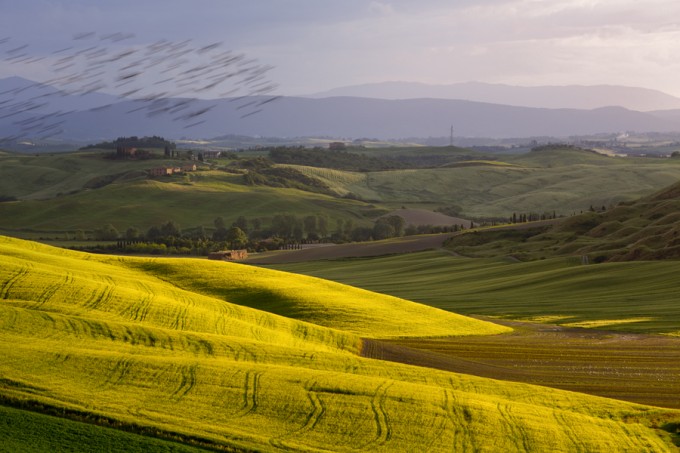
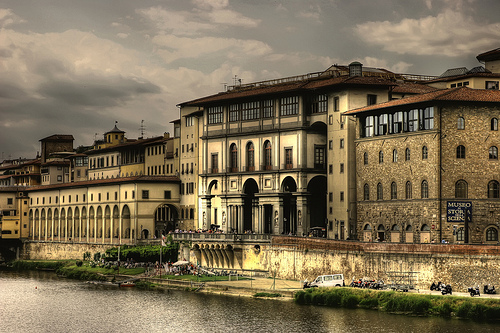
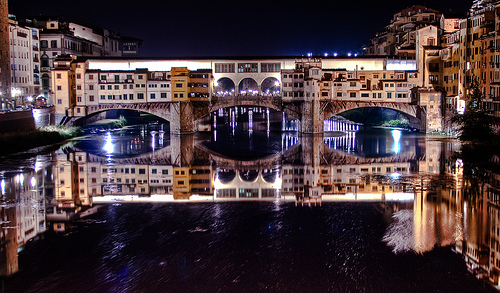
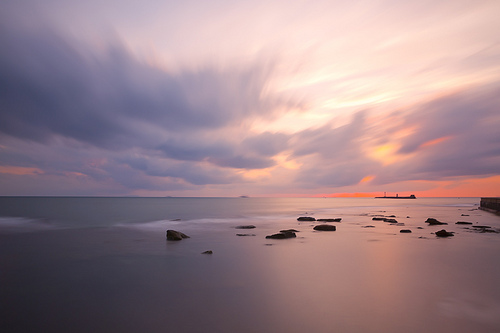
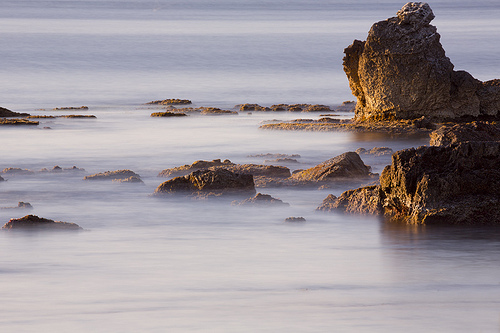
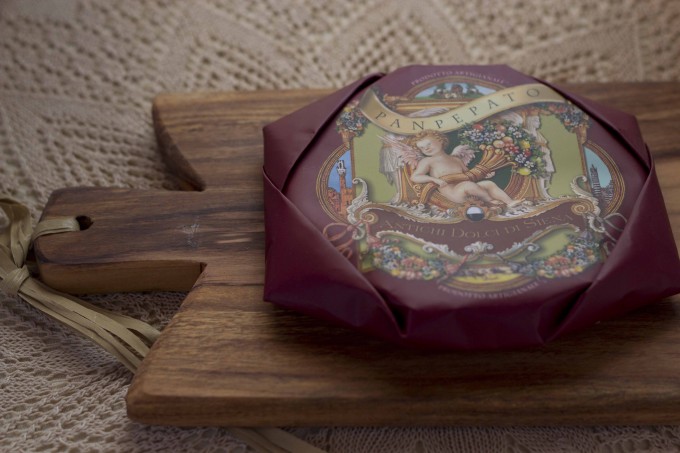
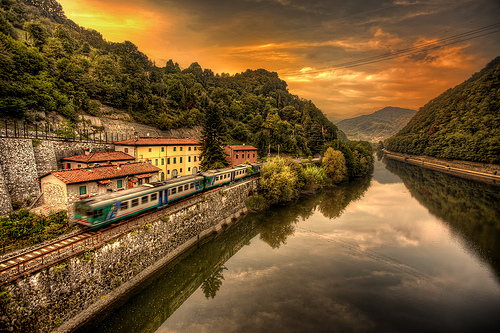

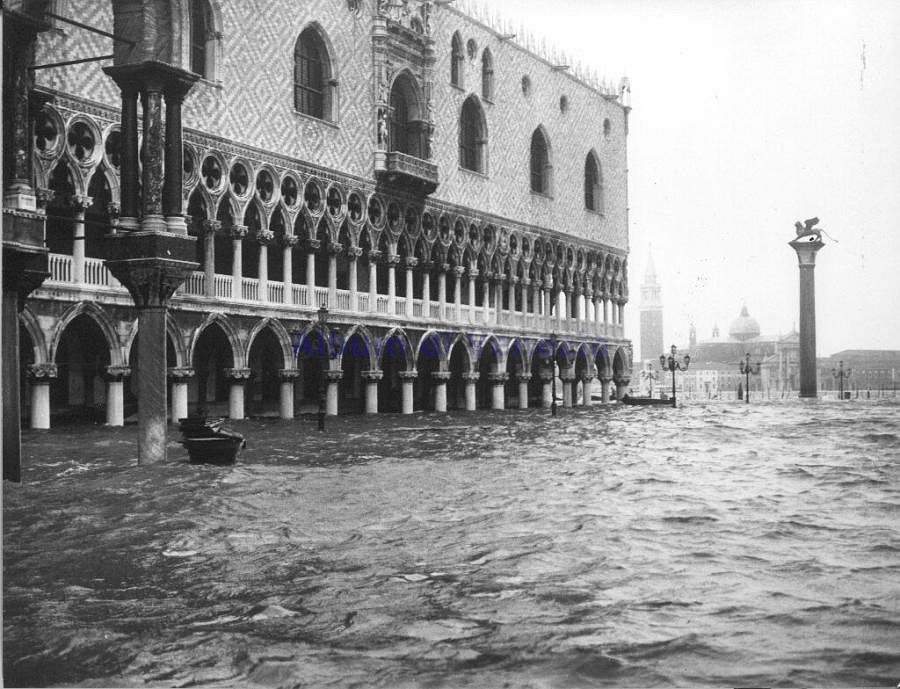
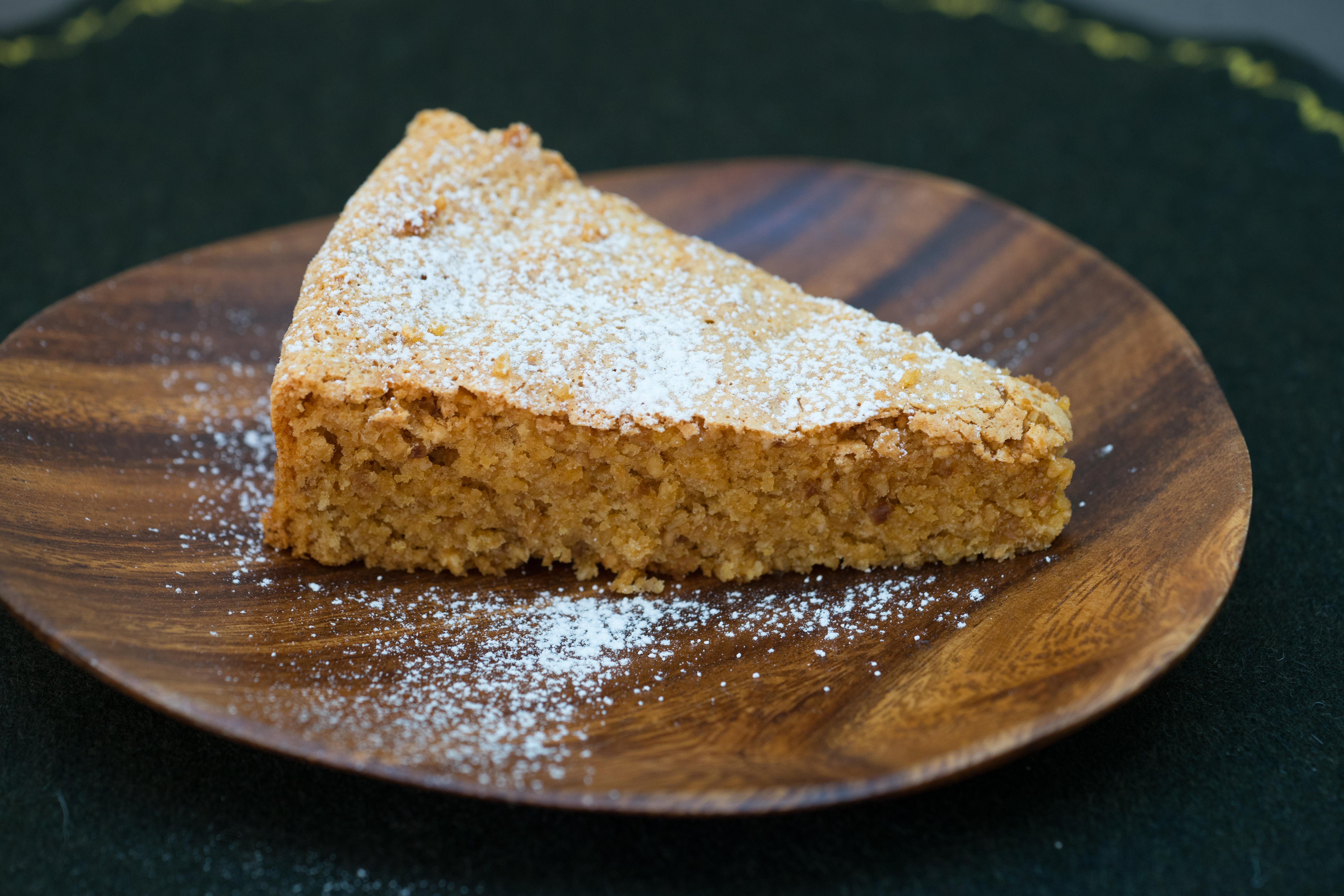
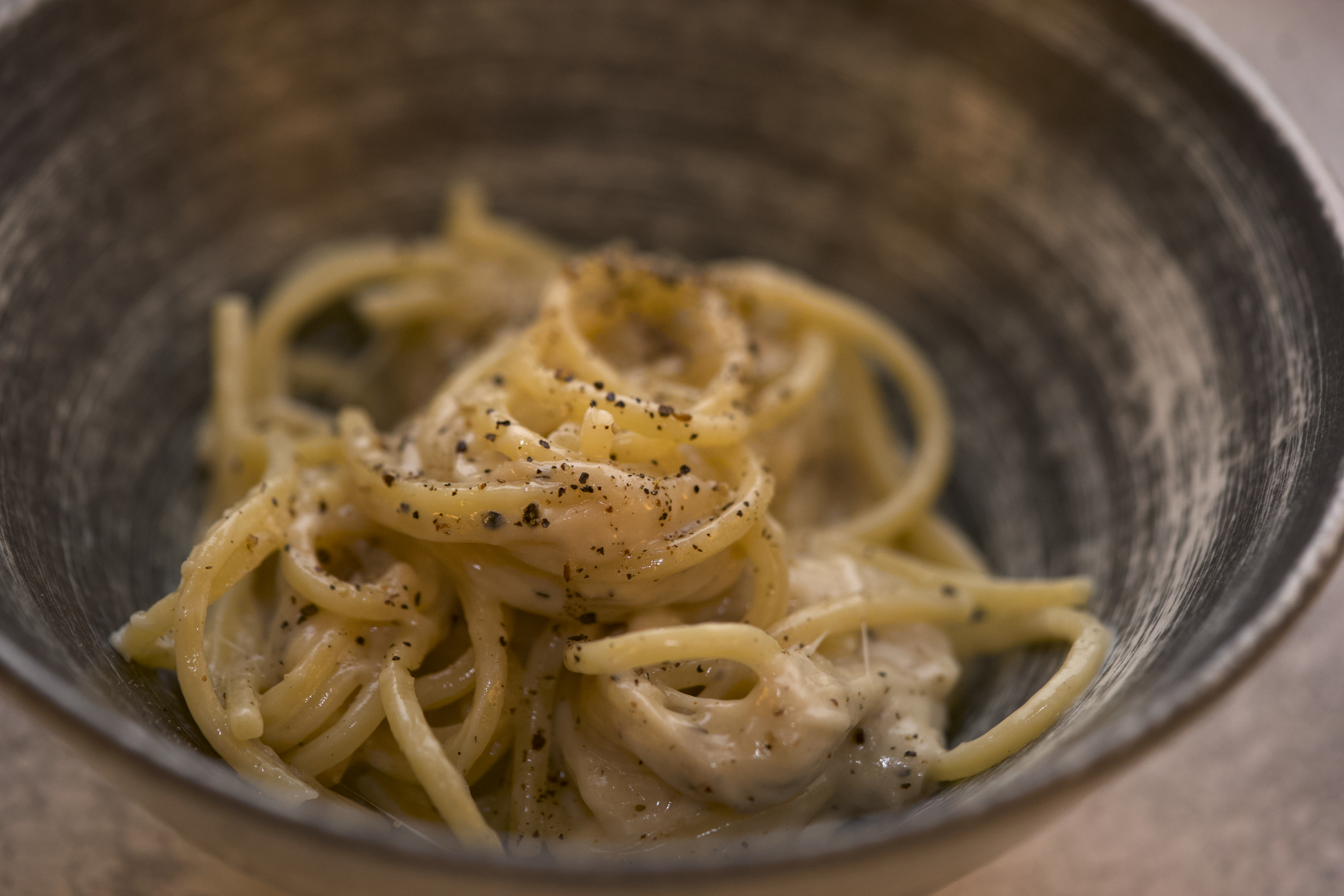
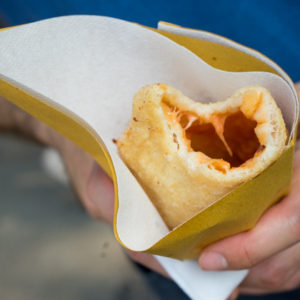
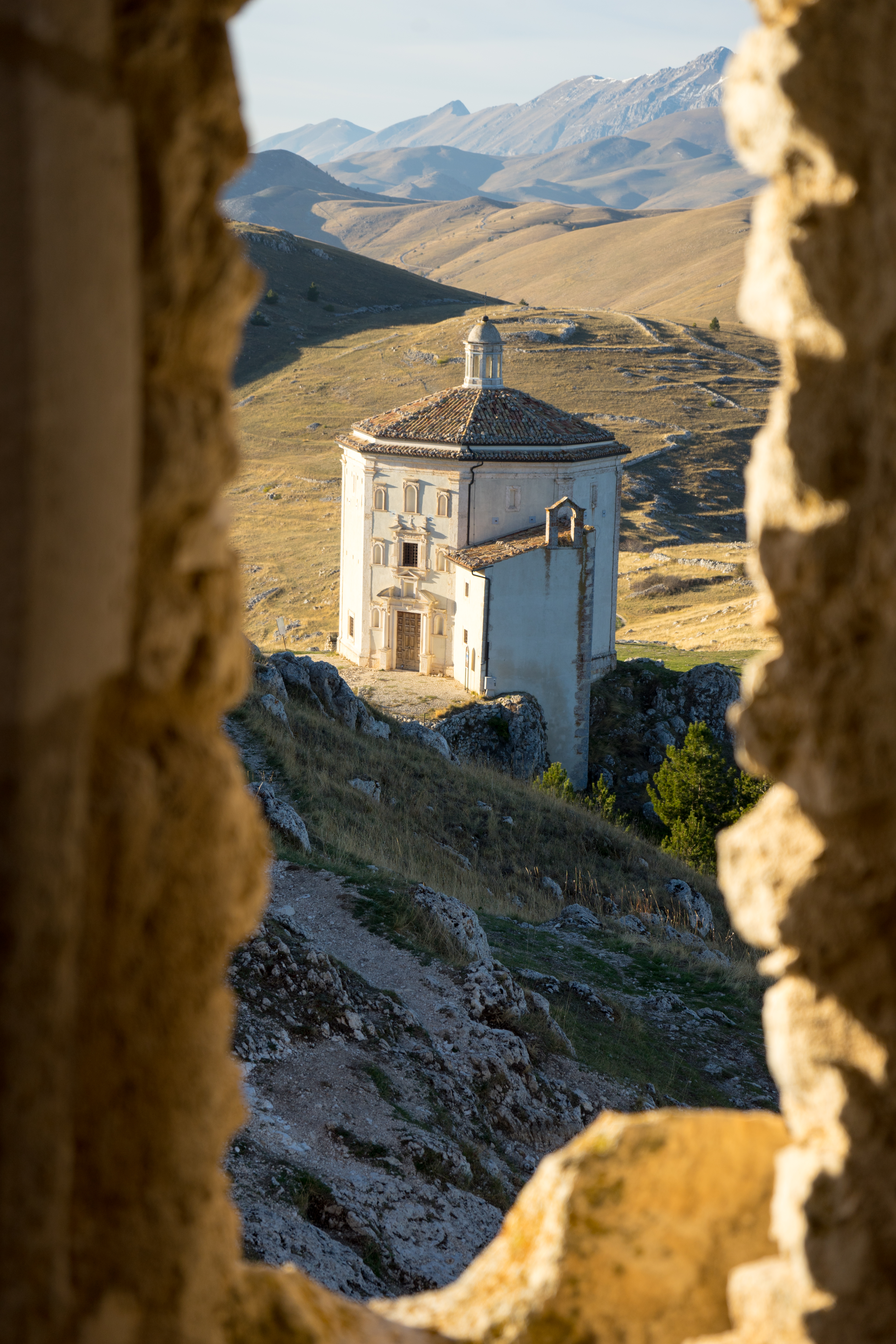
Leave a Reply